Soft Skills vs. Hard Skills: What’s The Difference And Why Do They Matter?
Roundtable Learning
JULY 27, 2021
Developing the soft and hard skills of your employees is critical to improving work productivity, employee retention, attendance, and so much more. You may be wondering — what exactly are these skills and how are they developed? What Are Soft Skills? Examples of soft skills include: Communication. Work Ethic.


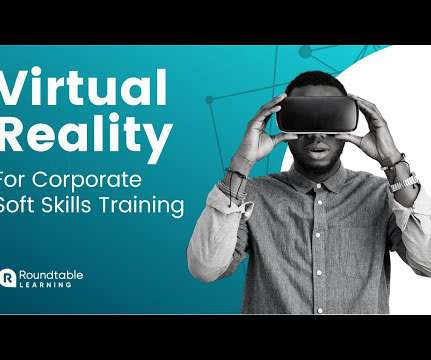
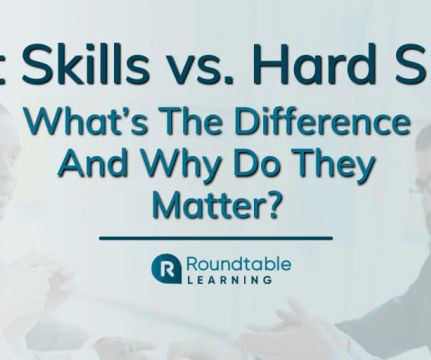




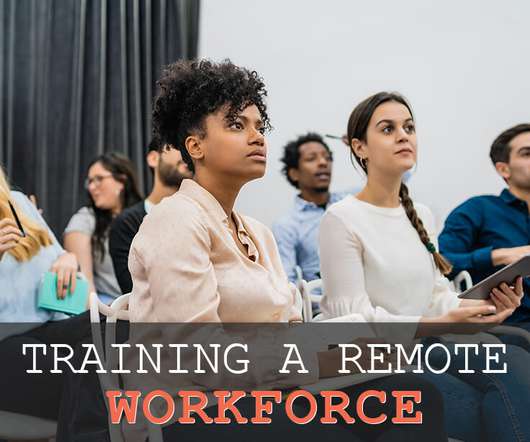






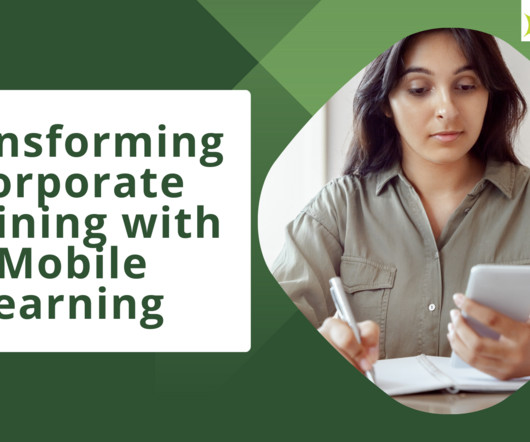



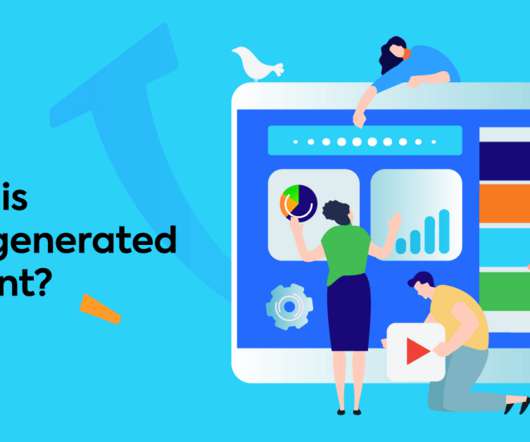
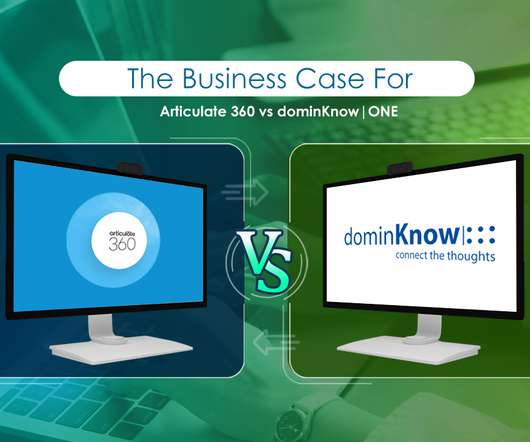












Let's personalize your content